If you’re visiting London, whether on a day trip or a longer break, you’ll find yourself on public transport at some point – and chances are that means the Tube. So after travelling on it as a child myself and navigating the lines with a buggy, toddler, child and tween, here are my tips on using the London Underground with kids.
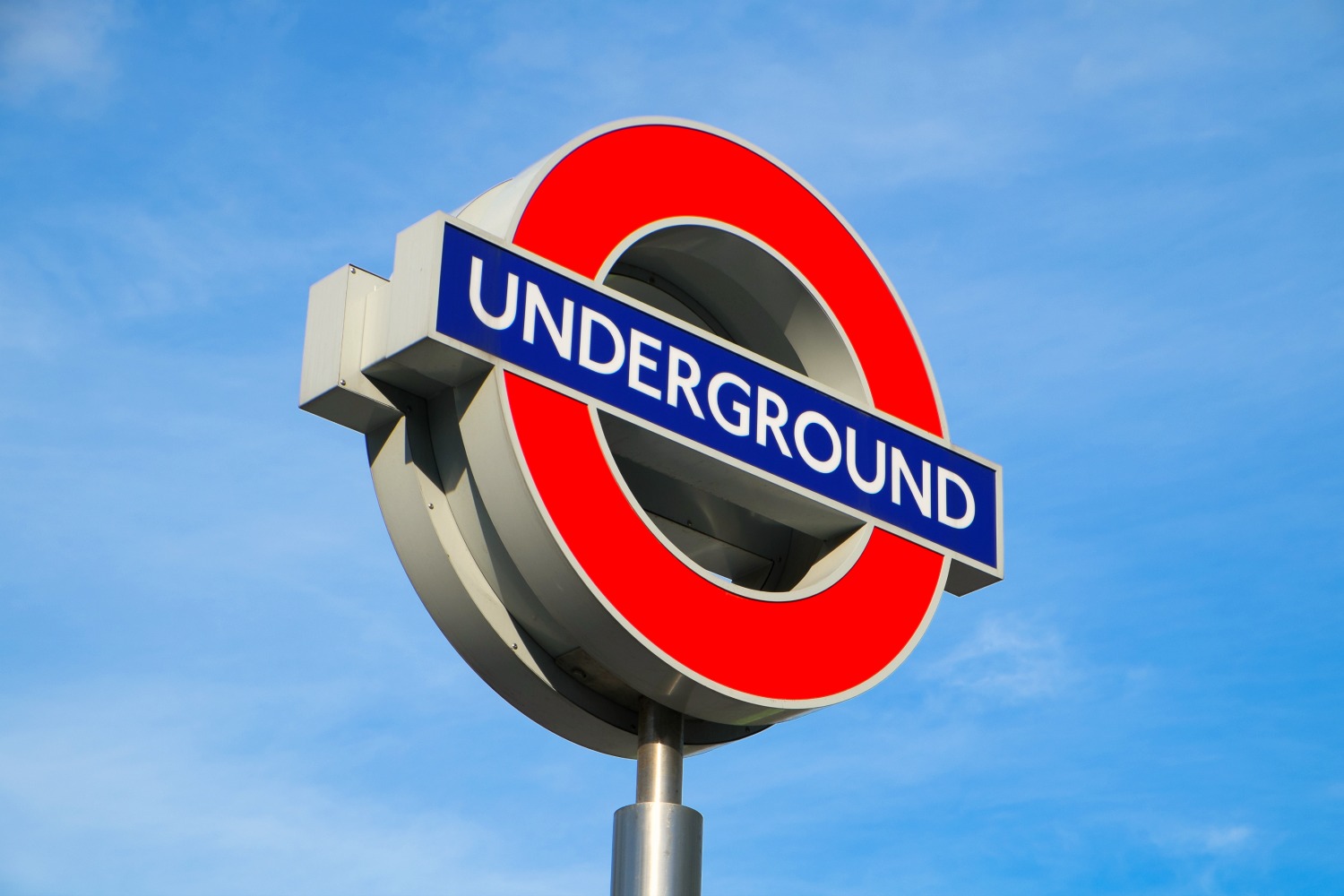
contains affiliate links*
Because if you’re baffled by the thought of using the world’s oldest underground system, it’s not as overwhelming as it might appear – although there are some quirks to the system, especially when you’re travelling with children on London Underground.
So whether that’s planning in advance to get the best tickets, or knowing when it’s a good idea NOT to take the train, here’s everything you need to know about the London Underground with kids.
What ticket do I need for the London Underground?
With new technology bringing new ways to pay for travel, there’s now a surprising number of choices when it comes to tube tickets.
At its simplest, the options are the old paper travelcards (due to be phased out from January 2024), Tfl’s Oyster card or using contactless payment, with different variations for teens, and for anyone who needs 7-day travelcards or longer (mostly aimed at London residents rather than visitors).
Don’t count on using cash if you’re hopping onto a bus either: since 2014, you can only use contactless or an Oyster card to pay (unless you already have a travelcard).
Adult fares on the tube
Using paper tickets and old-fashioned travelcards is almost never the cheapest way to get around – and you’ll find yourself queueing a lot more if you play to buy one every day (or every journey). They’re also due to be phased out from January 2024 so may not be an option before long.
The only exceptions when they may be worth buying are if you’re spending a week or more in London, or if you’re planning to travel a lot in the outer travel zones – you can compare prices for pay as you go fares and travelcards here.
Instead there are two main options for adults which will work out cheaper (and easier).
Contactless payment
If you can pay using contactless – either a contactless bank card (credit or debit) or Apple/Google Pay on your phone – it’s the simplest option.
Simply tap your card or device on the yellow readers, and the system will register each journey and automatically cap it at a maximum daily cost, the same rate as an Oyster card. Always tap in and out on the tube, or when you get on a bus.
You must use the same card or device each time though, to ensure it’s capped correctly, and each adult needs a separate card or device (although they can be linked to the same bank account).
Check out the current fare caps here
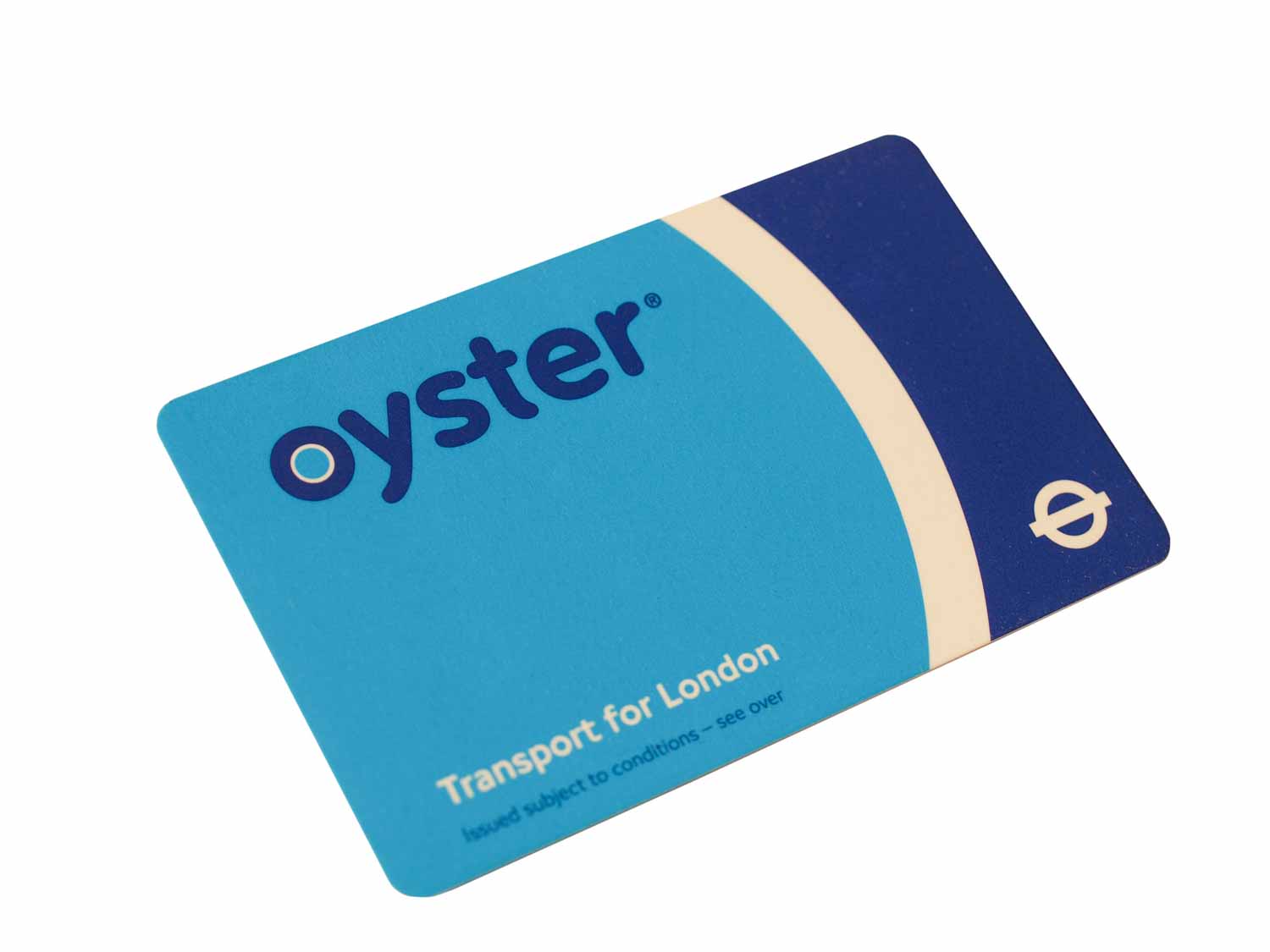
Oyster card
Alternatively, a visitor plastic Oyster card costs £7 and you can order it online beforehand or buy one at an underground station when you arrive, as well as from a Tfl London Visitor Centre.
These have to be set up with a minimum of £10 pay-as-you-go credit, which you can top up in tube stations and some shops; then just like like contactless, you use the card to tap in and out, and the system automatically caps the amount you spend per day.
The fares vary depending on the time of day and how many zones you’re travelling through but the daily cap for zones 1-2 is currently £8.50 for adults. You can get a refund on any money you’ve loaded on but haven’t spent, but the cost of the Oyster card is non-refundable.
Child fares on the tube
Tfl child fares depend on the age of your kids, with free travel on the Tfl network (tube, bus, DLR, Elizabeth Line and London Overground) for all children under 11 years old.
This is only for the Tfl network – if you’re travelling on National Rail services, such as local commuter trains, kids aged 5-15 pay half-price and only under fives are free. The exception is the fast train to Watford Junction, which you might need if you’re visiting the Harry Potter studios.
Otherwise children aged11-15 travelling on the tube can get discounted travel using paper travelcards (being phased out from January 2024) and Oyster cards. Read on for more details.
Teens aged 16+ can only get discounted travel if you have a 16+ Zip Oyster photocard, which you need to apply for in advance, and costs £20.
Bus & tube travel with children under 11
Children under 11 travel free with an adult with any valid ticket, including a contactless card or Oyster card, up to a maximum of four kids per adult.
You’ll need to use the wide luggage/accessible gates to get through, as the main gates close speedily to stop fare evaders – fine if you’re carrying a baby, but not otherwise, and certainly not with a buggy.
You have longer to get through the wider gates though, and you’ll find these at the end of the bank of entry gates into the tube. In larger stations, there is usually one at each end so look for the one with the green light.
In smaller stations there may only be one, so if it’s showing a red cross, stand near it and it should automatically switch to green as you go to swipe your ticket.
It’s worth knowing that Zip Oyster cards for age 5-10 are aimed at London residents who might be using public transport alone, and aren’t needed for child visitors travelling with an adult.

Bus & tube travel with children aged 11-15
Children aged 11-15 have to pay for tube travel, but they get 50% off the standard adult fare. In order to do that, they’ll need to have a child ticket of their own to get the discounted fare.
For visitors to London and non UK-residents, Tfl suggests ordering a Visitor Oyster card before you leave home, then when you arrive in London, Underground staff can add the Young Visitor discount to your card.
This can only be done at tube stations, not National Rail stations, and can also be added to a standard Oyster card if you already own one or if you buy one on arrival. While all tube staff should be aware of this, if you run into any problems at smaller stations, this page has all the details.
You then top up credit as normal but are charged half the adult rate on pay-as-you-go tickets for up to 14 days.
Zip Oyster Photocards for age 11-15 are aimed at those based in the city (or frequent visitors) as they cost more and are more complicated to apply for – you’ll need a passport photo, and to allow extra time for it to arrive. It’s worth considering if you visit London frequently though, and includes free travel on buses.
As the Oyster cards cost £7 to buy, if you’re only visiting for a day or are travelling outside zones 1-2, it can be worth getting a paper child travelcard.
However, these are being phased out from January 2024. The day child travelcard also costs more than the maximum daily capped fare using an Oyster card, so if there’s a chance you’ll return, having an Oyster card with the young visitor discount quickly saves money.
There’s no way to get child fares on the tube using contactless payment, so it’ll charge full adult rate if you use this.
For more ideas on how to save money on days out in London with kids, check out my top tips
Download the apps
If you’re struggling to plan out your journeys, there are some helpful apps to take the stress out of working out a route.
Citymapper is my personal favourite, with information on different routes, real-time train times, and even suggestions on which carriage to get on at for the easiest exit.
Or the Tfl Go app is Tfl’s own route planner, with status updates and bus information as well as helping to plan tube journeys.
Google maps is also particularly useful for bus travel, but you can use it for route planning on the tube network as well.
Avoid rush hour
London at rush hour isn’t fun, even if you’ve had practice. Cramming yourself into a carriage of surly commuters with a pushchair, toddler or suitcase is even less fun.
It’s not always possible to avoid peak times entirely, but bear in mind the crush will usually be worst from 8am to 9am, and 5.30pm to 6.30pm, then allow at least half an hour either side when it’ll be busy too.
If you’re coming from outside Zone 1, it’s can also be cheaper if you avoid peak morning times (fares drop after 9.30am) – and in summer, some tube lines are horribly hot (especially the Central Line) so the emptier the better.
The end carriages are often the emptiest if you do find yourself on a busy platform. For more ideas on how to avoid some of the busiest stations, check out Tfl’s advice
If you want to avoid being laden down with heavy bags as you travel, check out Luggage Hero and Radical Storage which have dozens of places around London to store baggage securely while you explore
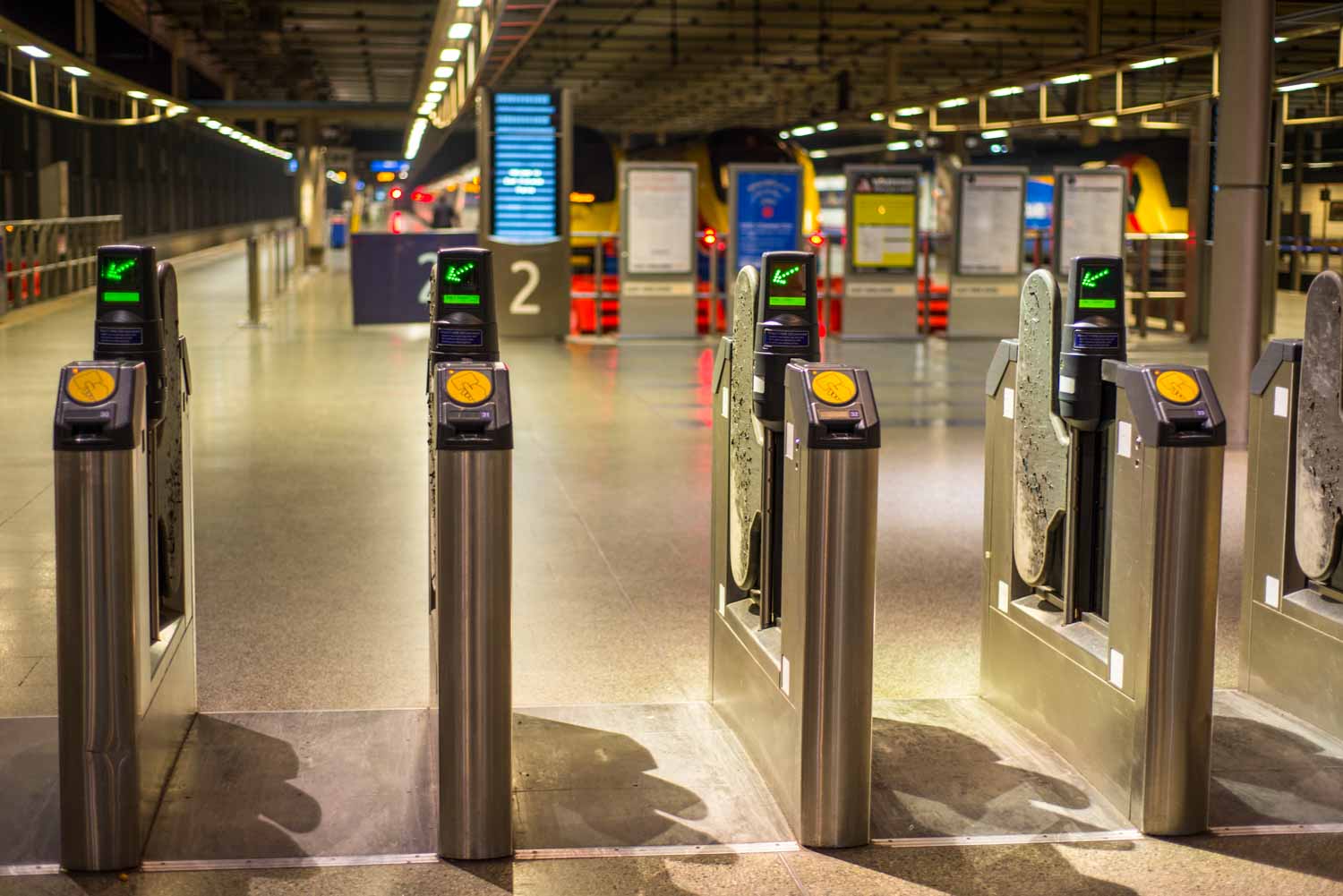
Always touch in and out
It’s not such a strangely coded message as it sounds – simply that if you don’t touch your card on the yellow readers as you go in and out of stations (or when you get on to buses), you’ll find yourself getting a penalty fare as a result.
Don’t forget to do this, even if barriers are open. And it applies whether you’re using Oyster cards or contactless.
With the bus, only tap your card when you get on though, you don’t need to do is as you get off.
If you are using a paper travelcard, there’s a slot to feed the card into, not far from the round yellow card readers.
Do consider the bus
Depending on your journey, it can be easier taking one bus than lots of line changes underground, especially with a buggy – if you’re using the London Underground with toddlers and preschoolers, check out my separate tips.
Bus journeys also give you a chance to see more of the city – a couple of routes will take you past some of London’s top sights too for a bargain tour, including routes 9, 15 and 26 (the old number 11 has changed route so isn’t as good any more)
Unless you’re doing a short straightforward journey, it’s unlikely to be faster than the tube though. Apps like Citymapper are really useful if you want to compare different options to get you from A to B, while Google Maps gives real-time bus information and shows the closest stops.
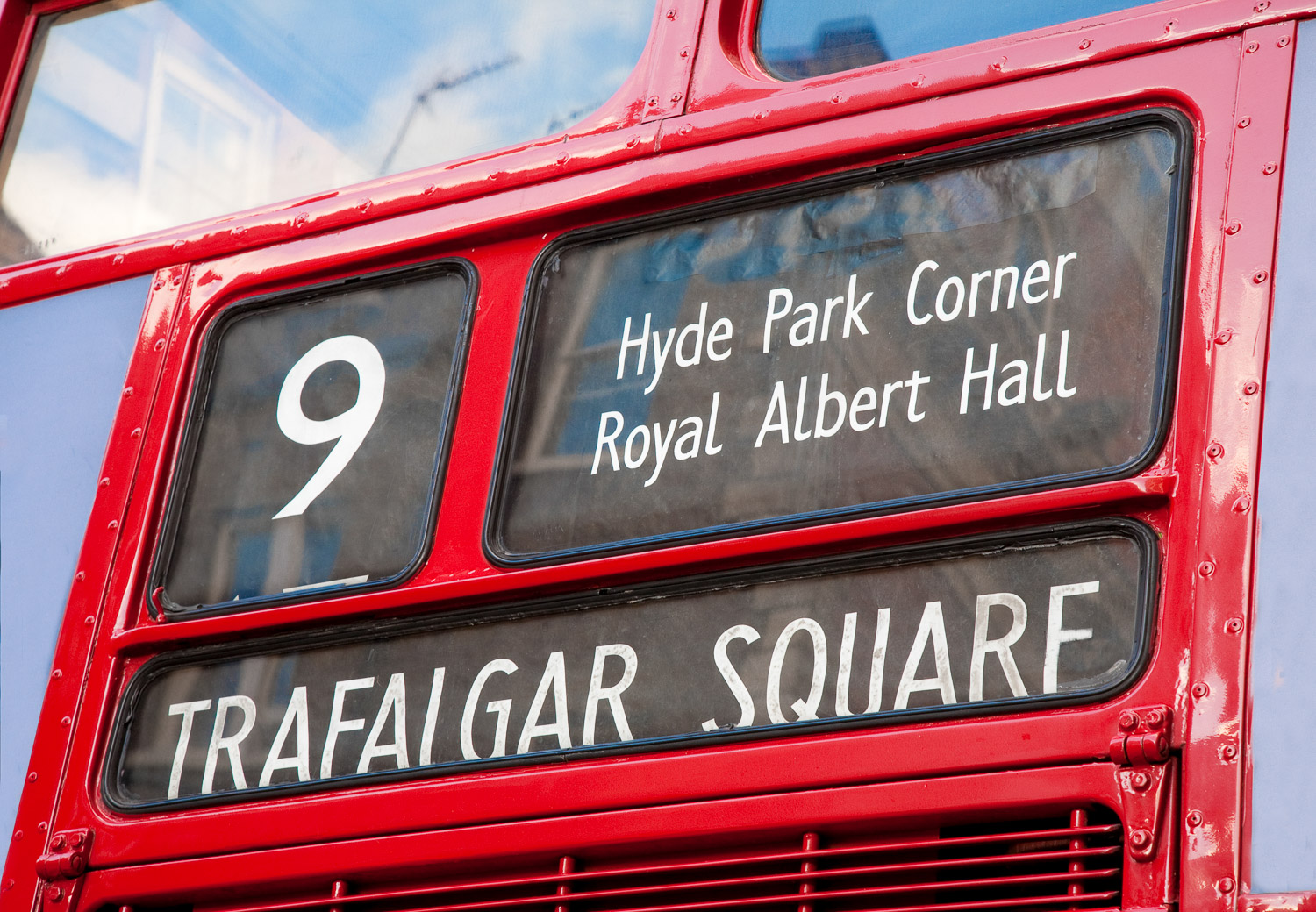
Don’t forget trains on the Tfl network
As well as buses and the underground, overground services, the Elizabeth Line and DLR (Docklands Light Railway) trains are also part of the Tfl network, and count towards the daily cap for fares.
You can also use Oyster cards/contactless for airport trains including the Heathrow Express, as well as the Gatwick Express, although the airport journeys aren’t covered in the daily limit.
For the best ways to get from London airports to central London, check out this post
If you’re heading to Watford Junction to visit the Harry Potter studios, you can use Oyster/contactless cards for this as well and kids under 11 travel free on the fast trains from Euston to Watford Junction.
However, if you’re planning to use other rail services – including local suburban rail routes, such as Waterloo to Hampton Court Palace – kids aged 5-15 get 50% off ticket prices but do not travel free.
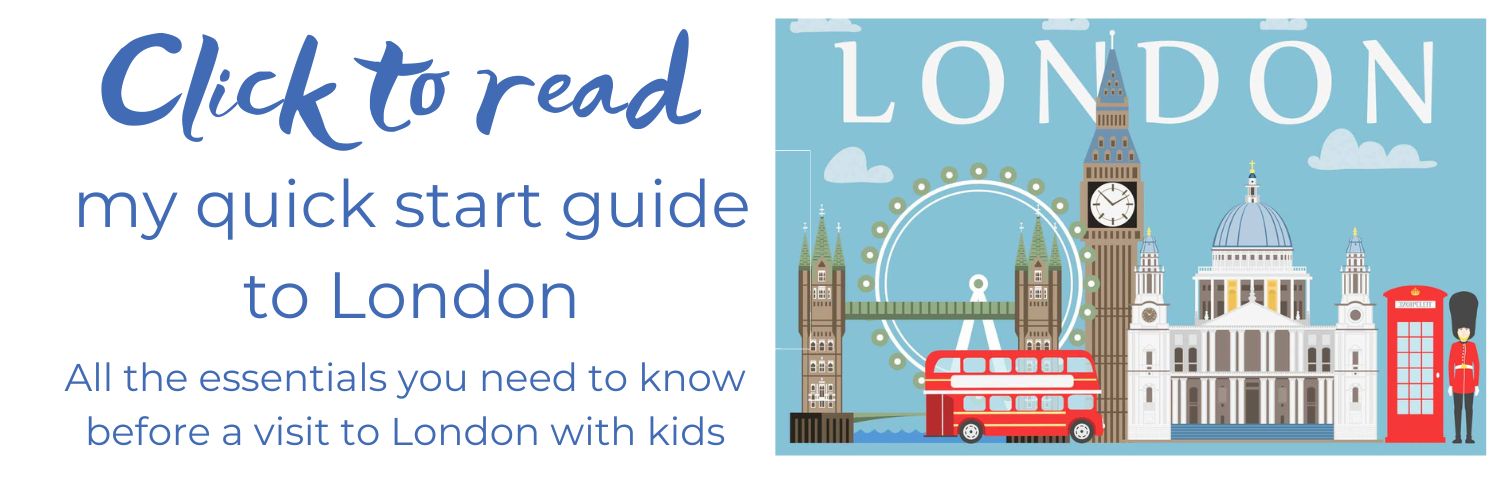
Travel by boat & cable car
If you fancy travelling by river, you can use contactless and Oyster cards on the Uber Boat by Thames Clipper services (or buy tickets directly using the app).
Only kids under five travel free, otherwise it’s 50% of the adult fare – it’s not included in the daily cap either.
If you have a paper travelcard, you can also get a discount on these river boat services.
And while the river boats aren’t the fastest way to travel, it’s a lot more scenic than a dark tunnel.
Or the IFS Cloud Cable Car whisks you 90m above the Thames, crossing between the north Greenwich peninsula and the Docklands.
You can also use Oyster cards and contactless payment to travel on London’s cable car, but again, only kids under five travel free and it’s not included in the daily cap.
For more ideas of the best boat tours in London with kids check out my top picks
Walk when you can
London’s sheer size means that if you want to explore, you really can’t do it all on foot. But the tube map, iconic design though it is, does not accurately reflect the geography of London so there are a few spots where it’s simply not worth taking the tube.
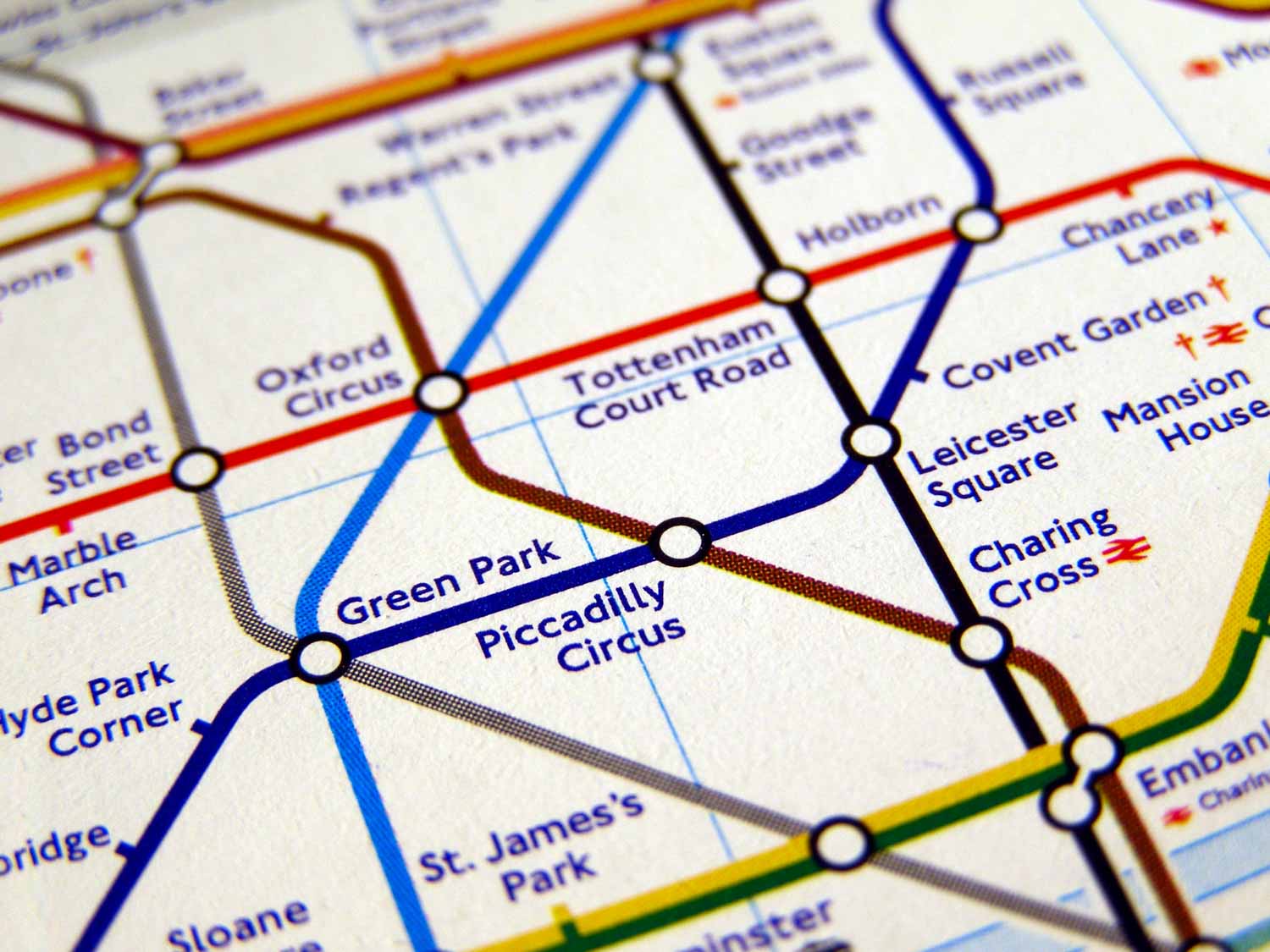
All Londoners know it’s faster to walk from Embankment to Charing Cross, for example, or from Leicester Square to Covent Garden, instead of venturing up and down the escalators for a single stop.
There’s a helpful map showing walking distances between stations or simply check Google Maps and Citymapper to compare how long it’ll take on foot, versus the fastest option on public transport.
Check out my walking tour of London’s landmarks if you want to explore the capital on foot with kids
Be prepared for stairs & walking
There are more than 250 stations on the Tfl network, and only a limited number have step-free access – Tfl’s Journey Planner can rule out stairs though it’ll be limiting, while the Citymapper app also gives an option to search for step-free journeys only.
Either way, you’ll probably encounter steps at some point, especially outside the centre. Stations in the centre will usually have an escalator, including the 60m whopper at Angel, while the deepest stations have lifts – when they say not to take the stairs except in an emergency, these ones really mean it.
If you’re taking the underground with a baby, consider a baby carrier or sling, or at least bring the lightest pushchair you can get away with.
Some bigger stations have long walks between lines as well: changing from the Victoria line to the Piccadilly line at Green Park seems to involve a never-ending walk, while switching lines between Bank and Monument (though officially connected) is another long trek.
If you’re switching to the Elizabeth Line, you may need to head outside and walk (for example at Canary Wharf), even when the stations share the same name or are officially connected
If you’re feeling entirely overwhelmed, footsore and fed up, it’s worth knowing that black cabs can take pushchairs so you needn’t worry about not having a car seat – simply pop the brake on, and settle yourself back.

Stand behind the yellow line
A serious piece of advice. At most stations, there’s nothing between the platform and the train (except occasionally a gap, mind that too), so keep kids behind the yellow line to be safe. If you’re travelling with a buggy, reversing can be easiest.
If you need to stop to check a map once you’ve got off (there are plenty around the stations as well), or simply to get your bearings, head over towards the wall to do it.
Stopping right in the middle of the platform will make you very unpopular when there’s a train’s worth of people walking behind you.
Keep kids entertained
If you’re spending a while with bored kids on the tube, the novelty can quickly wear off – if you’ve got a long journey, it’s worth having something up your sleeve to entertain.
For short trips, where you don’t want to be forever taking things out of bags and putting them back two stations later, encourage them to turn the trip into a challenge with a pocket-sized I-Spy London Transport book.
Or there’s masses of tube trivia to keep you amused – you won’t be striking up conversation with your neighbours, I promise.
Check out these 150 facts celebrating the underground’s 150 years, including the two station names containing all five vowels, and the one station which doesn’t have any letters of the word ‘mackerel’ in it.
Otherwise, keep the usual entertainment – stickers, books, magazines – to hand. Counting the stations is always a good failsafe as well.

Don’t talk but do stand on the left
Some things are simply not done on the tube – and if you want to avoid too many scowls from Londoners it’s best to know the etiquette in advance (although we’re not all unfriendly).
Those unspoken rules include not chatting with fellow passengers, while the official rules include not standing on the left on escalators.
The left hand side is intended for people walking rather than standing: the same often goes for the corridors between platforms or if you’re changing line too, so those who are walking more slowly with small children, keep an eye out for the little blue signs as you go to avoid the speedwalkers.
Get online
The Tfl website is packed with surprisingly helpful information – there are FAQs for visitors and more details on fares for children who get either free travel or reduced prices on different transport, even suggestions on the best buggies to use on the tube.
It also has maps showing those tube stations with toilets – click here – although it’s definitely best not to rely on these, or be aware some have a small charge if you do need them.
And there’s also a status update for all the lines, which is worth checking before you go, in case of delays or to see if any lines are temporarily closed. You can also find advance details of weekend engineering works and any strike action.
For more ideas on things to do in London with kids, check out my guide to London with kids, as well as suggestions for free things to do in London, unusual things to do in London and things to do in London in the rain with kids
*First published 2014, last updated 2024*
PIN FOR LATER: LONDON UNDERGROUND WITH KIDS
Disclosure: This post contains affiliate links – any purchases you make are unaffected but I may receive a small commission. All opinions on using the London Underground with kids are my own.
Images courtesy Depositphotos



